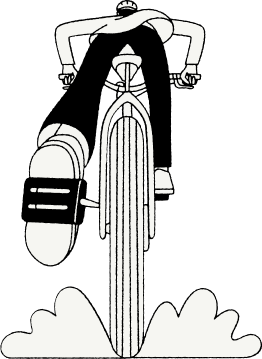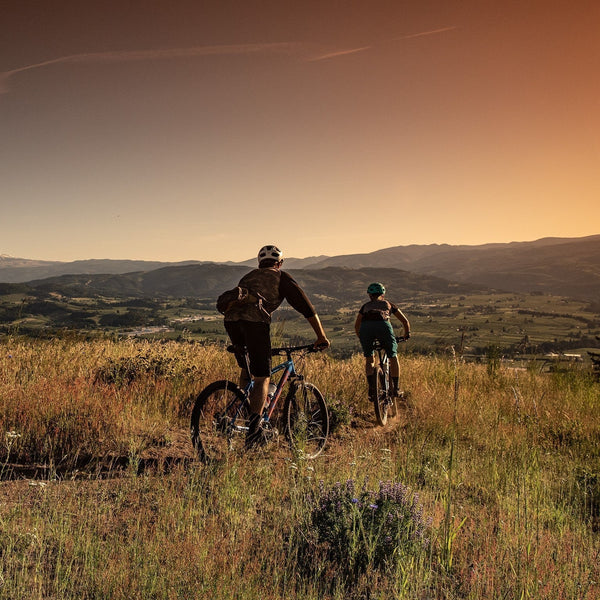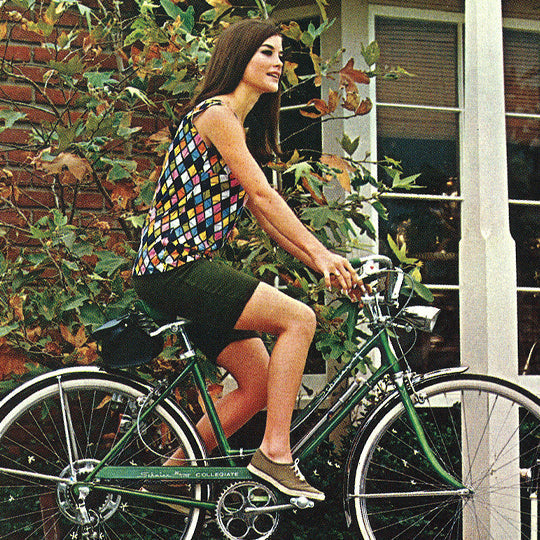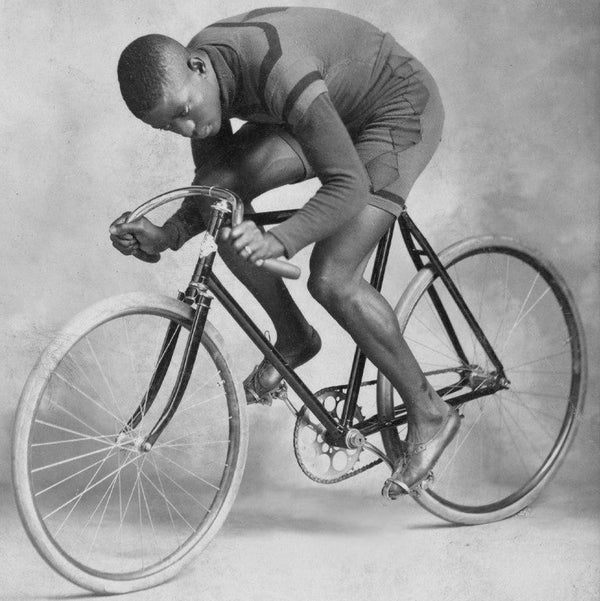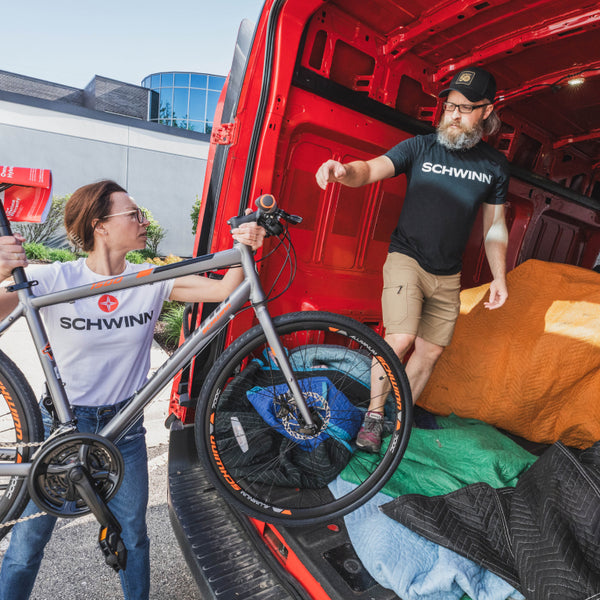
Audrey Wick will occasionally pull her bike over to the side of a rural Texas road, miles from her home. She'll dig out a few carrots from her waist pack and share them with a group of donkeys that have wandered across the pasture to inspect the human being standing at the fence.
Happily feeding curious donkeys on a field edge is a far cry from where Wick was one Monday morning in November 2019. She awoke with incredible pain in her head, dizzy and vomiting. She ended up being airlifted to Austin, Texas for emergency surgery after suffering a brain aneurysm.
"Without warning, my brain was bleeding," said Wick, an author of women's fiction and a professor at Blinn College in south-central Texas. "About 50 percent of the time these types of aneurysms are fatal, but I was very lucky and got the medical attention I needed."
After successful brain surgery to stop the bleeding, her recovery began. The aneurysm had affected her physically. She required physical therapy, briefly used a walker, an assistive chair in the shower and needed to take a leave of absence at work.

Finding the bike
About 10 months into rehab, Wick's recovery hit a plateau.
"I was a 40-year-old woman, but because of the aneurysm, I felt much older," she said.
"I wanted to become more active, and that's when my physical therapist suggested I try riding a bike."
Wick had ridden as a child, of course, and occasionally as a college student as a way to get to class. But, she said, she hadn't really been on a bike for about 20 years.
She bought a used Schwinn at a resale shop near her home and began riding tiny distances. She started riding a few circles in her driveway. Then, she put on her helmet and did a small cul-de-sac in her neighborhood. After a few weeks, she ventured out onto the road, just a mile or two at a time.
"My increases were so incrementally small, but in terms of the big picture I was able to do more week-to-week and month-to-month," Wick said. "My muscles got stronger. My nerve pain dissipated. I was in control of my recovery. I became a cyclist."
Stuck in a sudden rainstorm while out on a ride one day, Wick realized she was at a point that represented where she was in her journey back to health.
"I was maybe only two miles from my house, but at that point, two miles was huge for me," she said. "I was thinking about what I needed to do because I had no choice but to persist. I remember thinking that I would just take it pedal by pedal. I would coast downhill where I could. I knew I could get back."
It was about that time, she said, she tagged Schwinn in a social media post.
"They needed to know that this little bicycle in rural Texas was helping me survive a brain aneurysm."

Going the distance
A year and half after her surgery, Wick took part in a benefit bike ride for a local school. She went 18 miles – one for each month of recovery.
"It was just incredible," she said. "If you told me five years ago that I'd be the kind of person who would go out and pedal that far, that would just be inconceivable to me."
Wick said she's found it incredibly fun to find ways of defining what it means to be a cyclist. She's connecting with new people, learning new skills, trying new things and exploring country roads near where she lives.
"I'm certainly not a competitive cyclist," she said. "But I'm doing really well. I can bike farther than I ever have before. I still get on the bike a couple of times a week and am feeling good by living an active life. It's been recovery through exercise."
